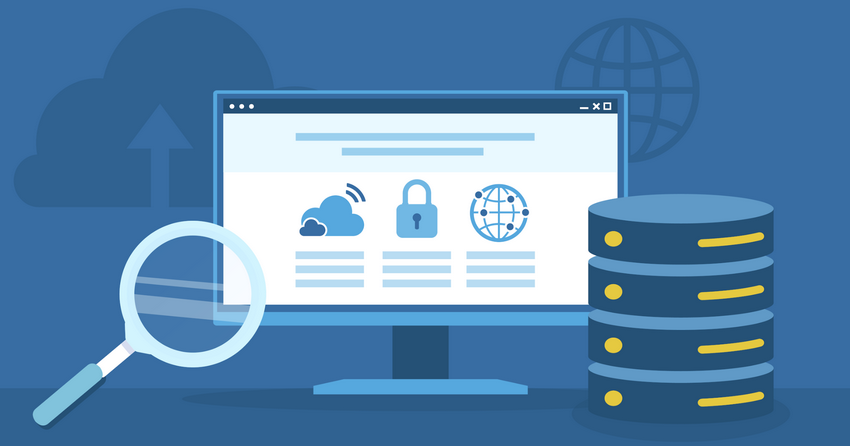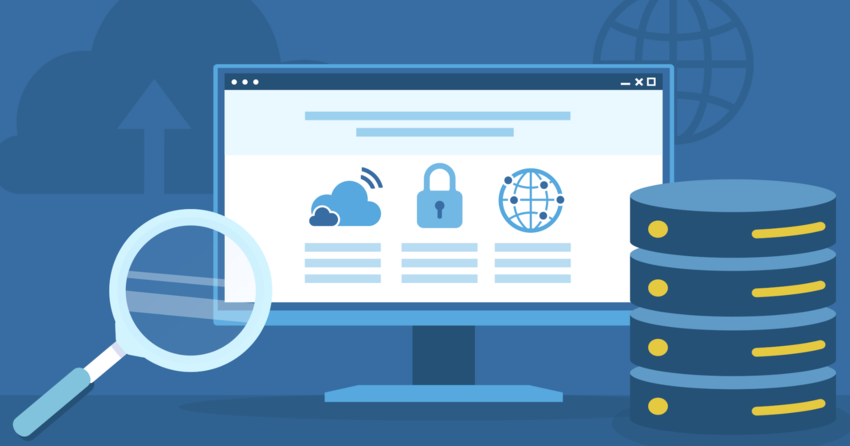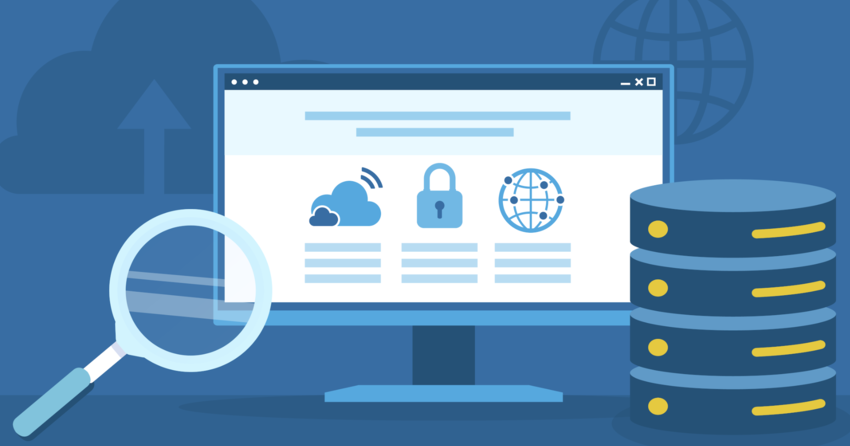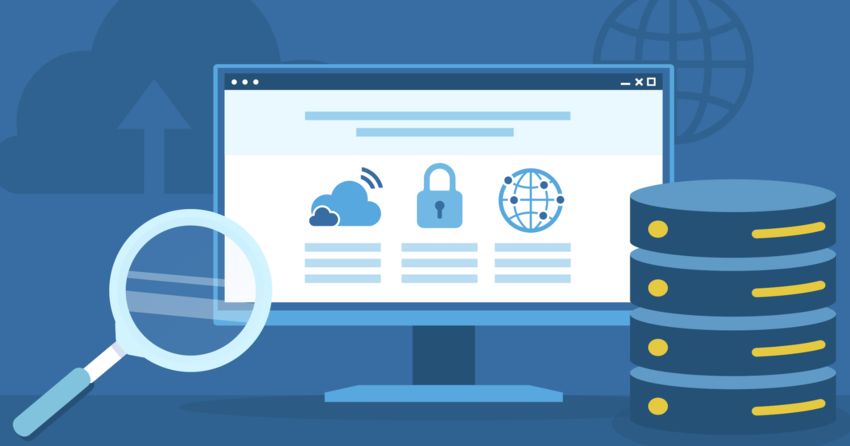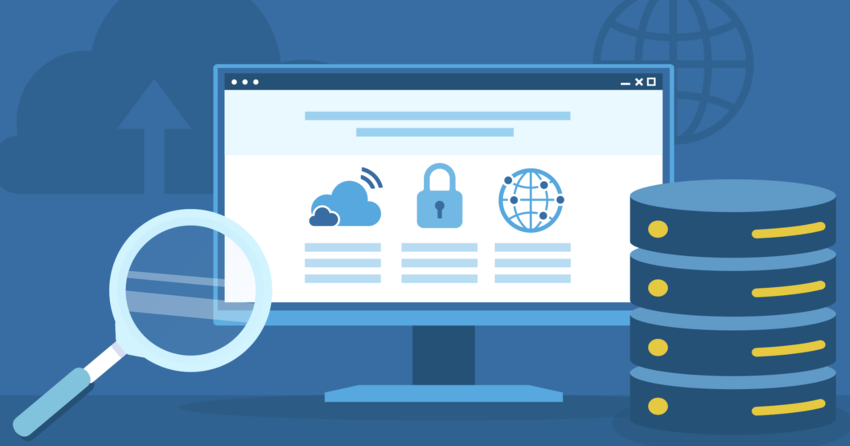Inside this Article
Definition of Backup
Backup refers to the technologies, practices, and solutions designed to create and store copies of data to enable recovery following a data loss event. The purpose is to safeguard valuable information by duplicating it and storing it in a separate location, ensuring its availability should the original data become compromised. These copies can include individual files, folders, applications, operating systems, or even entire systems, depending on the specific needs and goals of the backup strategy.How Does Backup Work?
Backup operates through a multi-stage process, starting with data selection and ending with secure storage. The journey begins when you identify the specific data you want to protect, ranging from individual files and folders to entire systems and databases. Initiating the backup involves using specialized software or tools to copy the selected data, which can be done manually or through automated schedules. Data compression is often employed to reduce the size of the backup, saving storage space and bandwidth. Encryption is another critical step, securing the backup data to prevent unauthorized access. Transferring the backup data to a secondary storage location, such as an external hard drive, network-attached storage (NAS), or cloud storage, is another integral part of the process. Storage media selection is also crucial, ensuring the chosen option meets your requirements for capacity, speed, and security. Scheduling your backups can be done on a regular basis, such as daily, weekly, or monthly, to maintain up-to-date protection. Automation is a key feature, enabling the process to run without manual intervention, reducing the risk of forgotten or missed backups. Verification involves validating the integrity of the backup data to ensure it can be successfully restored when needed. Restoring your data entails copying the backup data from the secondary storage location back to the original location or to a new system. Testing the restoration process periodically is also important to confirm its effectiveness and identify any potential issues.Why is Data Backup Important
Data backup is important for several compelling reasons, as its practice offers a safety net that protects your information from a wide array of threats. Protecting against data loss is one reason, as you can recover your files, photos, documents, and other important data in case of accidental deletion, hardware failure, or software corruption. Ensuring business continuity is another, because backups enable quick restoration of systems and applications, minimizing downtime and maintaining operations in the face of disasters or disruptions. Supporting disaster recovery is also important, because offsite backups safeguard your data against physical disasters such as fires, floods, or theft, ensuring business resilience. Backups are also critical in mitigating the impact of cyberattacks, enabling restoration of systems to a clean state and minimizing the damage from ransomware or malware. Assisting with regulatory compliance is a must, as many industries require organizations to maintain backups of critical data for auditing and legal purposes. Securing long-term archival is also important, because backups are essential for preserving historical data, providing a reference point for future analysis and decision-making.Common Types of Data Backups
There are several common types of data backups, with each offering unique advantages and catering to different needs and scenarios. Full backups involve creating a complete copy of all selected data, providing a comprehensive snapshot of your system at a specific point in time. Incremental backups, conversely, only copy the data that has changed since the last backup (full or incremental), making them faster and requiring less storage space. Differential backups include all data that has changed since the last full backup, balancing speed and storage efficiency. Mirror backups result in creating an exact replica of your selected data, ensuring near-instantaneous recovery. Cloud backups utilize remote servers to store your backup data, offering accessibility, scalability, and protection against local disasters. Local backups involve storing your backups on physical devices, such as external hard drives or NAS devices, providing quick access and control over your data. Hybrid backups are a combination of both local and cloud backups, balancing speed, security, and disaster recovery capabilities. Continuous Data Protection (CDP) immediately backs up data every time a change is made, and is frequently used in systems and databases, and allows quick granular restores. Bare-Metal Backups are backups of an entire system, and can be restored to different hardware configurations.Developing a Backup Strategy
Developing a comprehensive backup strategy is a critical step in ensuring the protection and availability of your data, whether you’re an individual user or a large organization. Assessing your data needs is first, as you should identify what data is critical and how often it changes, enabling you to prioritize your backup efforts. Setting clear recovery objectives is another must, determining acceptable RTOs (Recovery Time Objectives) and RPOs (Recovery Point Objectives) to guide your backup frequency and storage choices. Choosing appropriate backup methods follows, selecting the right mix of full, incremental, differential, or mirror backups based on your specific needs and constraints. Identifying storage locations involves deciding where to store your backups, considering options such as external hard drives, NAS devices, cloud storage, or a combination of these. Another important aspect is establishing a backup schedule, which involves setting regular intervals for performing backups, ensuring consistent protection. You should also automate the backup process, leveraging software or tools to automate the backup process, minimizing the risk of human error. Implementing security measures is critical, as you should encrypt your backup data to protect against unauthorized access, especially when using cloud storage. Testing your backups follows, because you should regularly test the restoration process to ensure that your backups are working correctly and that you can recover your data when needed. Documenting your backup procedures is useful, so you should create detailed documentation of your backup strategy, including schedules, storage locations, and restoration steps, to facilitate smooth operations and troubleshooting. Lastly, you must train your staff, educating employees on the importance of backups and their role in maintaining data protection.The 3-2-1 Backup Rule
The 3-2-1 backup rule is a widely recognized and effective strategy for ensuring the resilience and recoverability of your data, and provides a robust framework for mitigating the risks of data loss. Requiring that you maintain at least three copies of your data is the first step, ensuring you have your original data plus two backup copies, reducing the risk of data loss due to a single point of failure. Suggesting that you store your data on at least two different types of storage media is a good strategy, mitigating the risk of media-specific failures, such as hard drive crashes or tape degradation, and diversifying your storage options to ensure data remains accessible. Providing that you keep one copy of your data offsite adds another layer of protection, protecting your data against localized disasters, such as fires, floods, or theft, by storing a backup copy in a separate geographic location. Ultimately, the 3-2-1 rule provides a balanced and resilient approach to data protection, safeguarding against a wide range of potential threats and ensuring business continuity.On-Site vs. Off-Site Backup
Deciding between on-site and off-site backup is a critical decision that impacts the accessibility, security, and resilience of your data. Accessibility is greater with on-site backups, offering fast and easy access to your data, enabling quick restoration in case of minor issues. Security is more controlled on-site, as you maintain direct control over your data, ensuring privacy and compliance with regulatory requirements. Cost-effectiveness is associated with on-site backups, as it may be more cost-effective for small amounts of data, avoiding recurring subscription fees associated with cloud storage. Disaster protection is limited with on-site backups, vulnerable to physical disasters like fires, floods, or theft, potentially losing both original and backup data. In contrast, disaster protection is enhanced with off-site backups, safeguarding your data against localized disasters by storing it in a separate geographic location. Recurring costs exist with off-site backups, incurring subscription fees for storage and bandwidth, which can become expensive over time. Ultimately, the best option depends on your specific requirements, balancing the need for fast access, security, disaster protection, and cost-effectiveness.What to Consider When Choosing a Backup Solution
When choosing a backup solution, there are several key factors to consider to ensure that it meets your specific needs and provides adequate protection for your valuable data. Here are the main factors to address.- Reliability and performance are key, as the solution should offer dependable backup and restoration, minimizing downtime and ensuring data integrity.
- Scalability and flexibility follow, because the solution should accommodate your current and future data needs, scaling easily as your business grows.
- Security features are also an important part of a backup solution, as it should include encryption and access controls to protect your data from unauthorized access.
- Compatibility with your existing infrastructure is essential, so your backup solution should integrate seamlessly with your existing systems and applications.
- Ease of use is necessary for both backup and restoration processes, as your solution should be straightforward and user-friendly, reducing the learning curve and minimizing the risk of errors.
- Your decision should include automated scheduling, as your backup system can automatically perform backups on a regular basis, ensuring consistent protection.
- Support and documentation will also be necessary as you use the solution, so ensure that the vendor provides comprehensive support and documentation to assist with setup, troubleshooting, and maintenance.
- Cost-effectiveness should be taken into account, as you assess the total cost of ownership, including licensing fees, storage costs, and support expenses.
- Regulatory compliance is also a part of the puzzle, so your chosen solution must meet any industry-specific compliance requirements, such as HIPAA or GDPR.
- Disaster recovery capabilities are required, providing the ability to quickly restore your systems and data in the event of a major outage.
- Testing and validation should be included as well, allowing you to regularly test the solution to ensure that it meets your recovery objectives.




